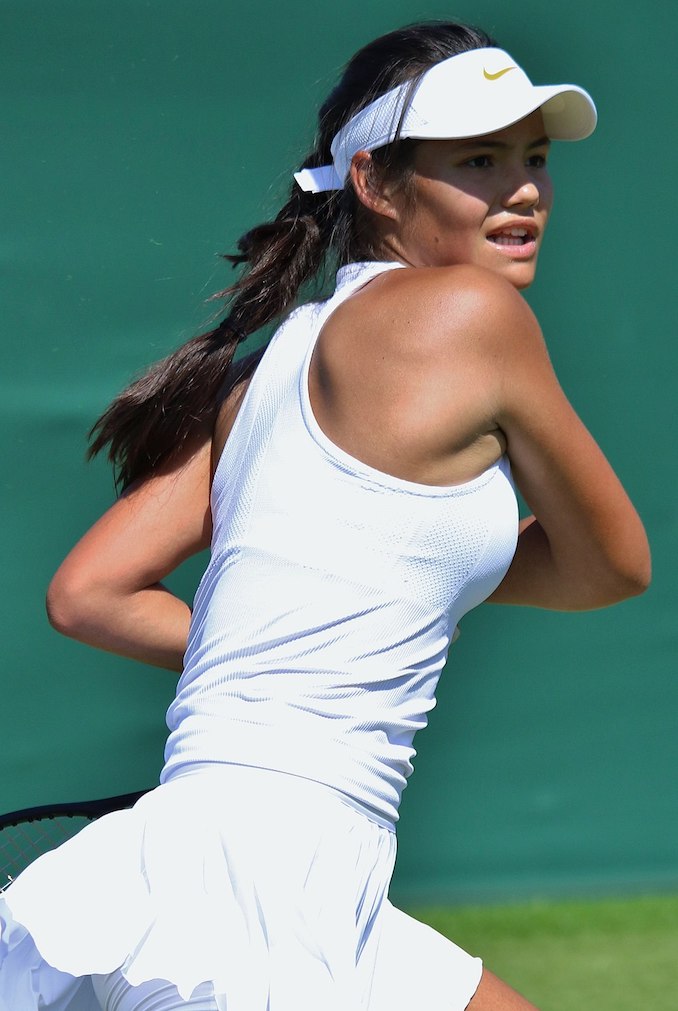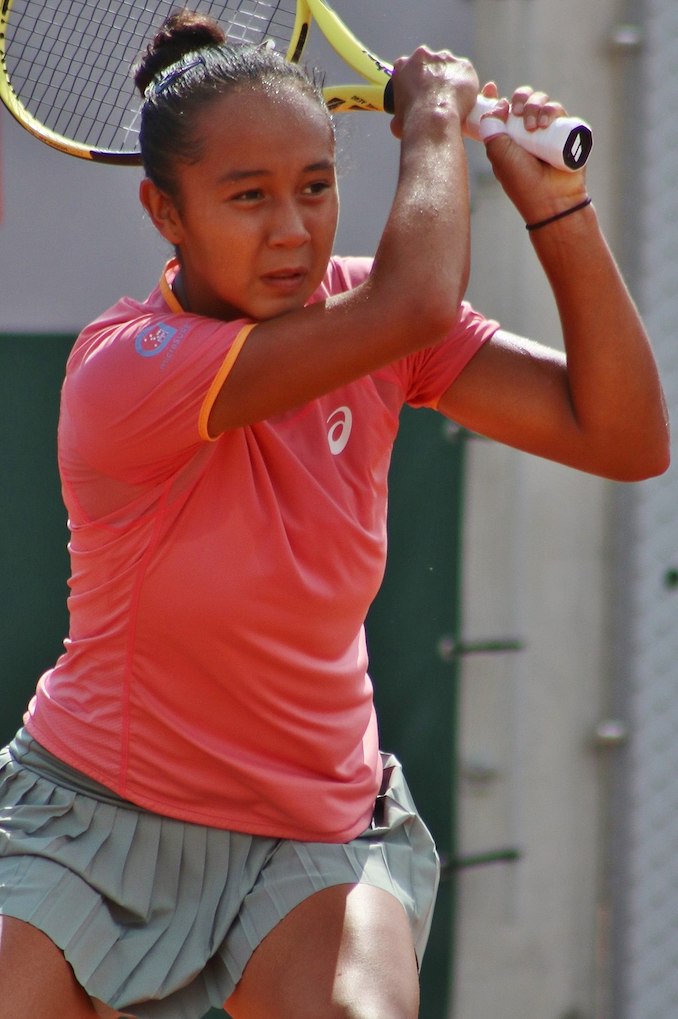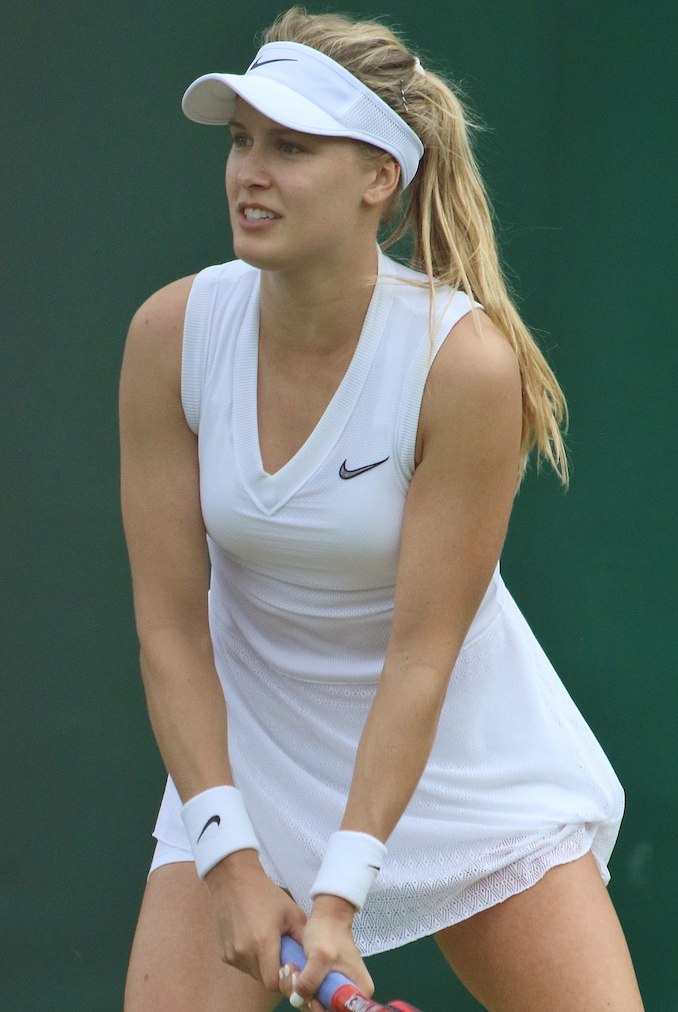Toronto-born Emma Raducanu might have won the U.S. Open this year, but all Canada had their eyes on Leylah Fernandez.
Fernandez is, of course, only the fourth Canadian to play in a tennis grand slam final (and the third Canadian woman to do so). Raducanu, by virtue of birthright citizenship, is probably Canadian too, but her family moved to England when she was two years old. (The accent kind of gives it away.) Still, if she wanted a post-Brexit Canadian passport, she could definitely get one.

The similarities don’t end there. Both are children of immigrants who came to Canada seeking a better life. They were both born in 2002. More excitingly, both finalists were unseeded going into this tournament. Neither had appeared in a Grand Slam final before. Not so long ago, they faced off in the Wimbledon Under-18 Final. (Raducanu won.)
Saturday’s championship face-off between Fernandez and Raducanu was also the first time in 22 years that two teenagers appeared in the final. The last time, in 1999, Serena William defeated Martina Hingis. Fernandez (19) and Raducanu (18) weren’t even born yet.
NORTHERN EXPOSURE
Two years ago, when Thornhill’s own Bianca Andreescu won the U.S. Open, it surprised the tennis world, and turned a hockey-loving nation into overnight tennis fanatics. That year, Andreescu started her season ranked 152nd, only to rise, though a series of improbably perfect performances, to 15th by the time she defeated Serena Williams(!) at the Open.

In a way, Fernandez’s journey this year was even more astounding. Entering the U.S. Open, Fernandez was a lowly though respectable No. 73. Her previous best performance was a third-round loss at the 2020 French Open. Her journey in this year’s tournament was also, let’s face it, pretty ridiculous. After upsetting the world No. 1 Naomi Osaka in the first round, she took down the No. 2-ranked Aryna Sabalenka, the No. 5-ranked Elina Svitolina, and Angelique Kerber (No. 17, and a former world No. 1). Every one of those matches required a full three sets. If you want a laugh, check out the footage of her opponents smashing their racquets in frustration. Being trounced by a teenager will do that to you.
BOLD AND MAPLE FUTURE
I was there at Wimbledon when Eugénie Bouchard lost, badly, in 2014. Less well-remembered is that, later that same day, Vancouver’s Vasek Pospisil and his American partner Jack Sock won the Men’s Doubles. It was the single most exciting sporting event I have ever attended. To give you an idea, two of the sets went to tie break, and Pospisil-Sock won the fifth set 7-5.

Unfortunately, that uniquely maple moment in 2014 did not initially bear much fruit. Bouchard’s career rapidly declined after the devastating incident a year later, when she suffered a concussion after slipping on a locker room floor left carelessly wet at the U.S. Open. As for Pospisil, he has maintained a respectable doubles career, though no further Grand Slam final appearances.
But a funny thing happened on the way to Arthur Ashe stadium. In the years since, the Canadian tennis circuit has seen a steady influx of interested young players. Maybe they watched Bouchard or Pospisil play. Maybe there was something in the air. Milos Raonic made the finals at Wimbledon, 2016. This year alone, another rising star, Félix Auger-Aliassime (also a Montrealer), clawed his way to the semifinals.
And Raducanu and Fernandez, two Canadian-born tennis prodigies, swatted their way to a series of upsets that brought them face-to-face at the U.S. Open final. It was one of the most nerve-wracking sporting events I have ever seen. Raducanu walked away with the trophy. Fernandez walked away with Canada’s heart.

